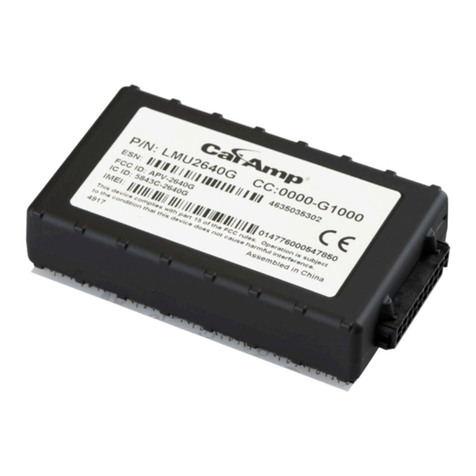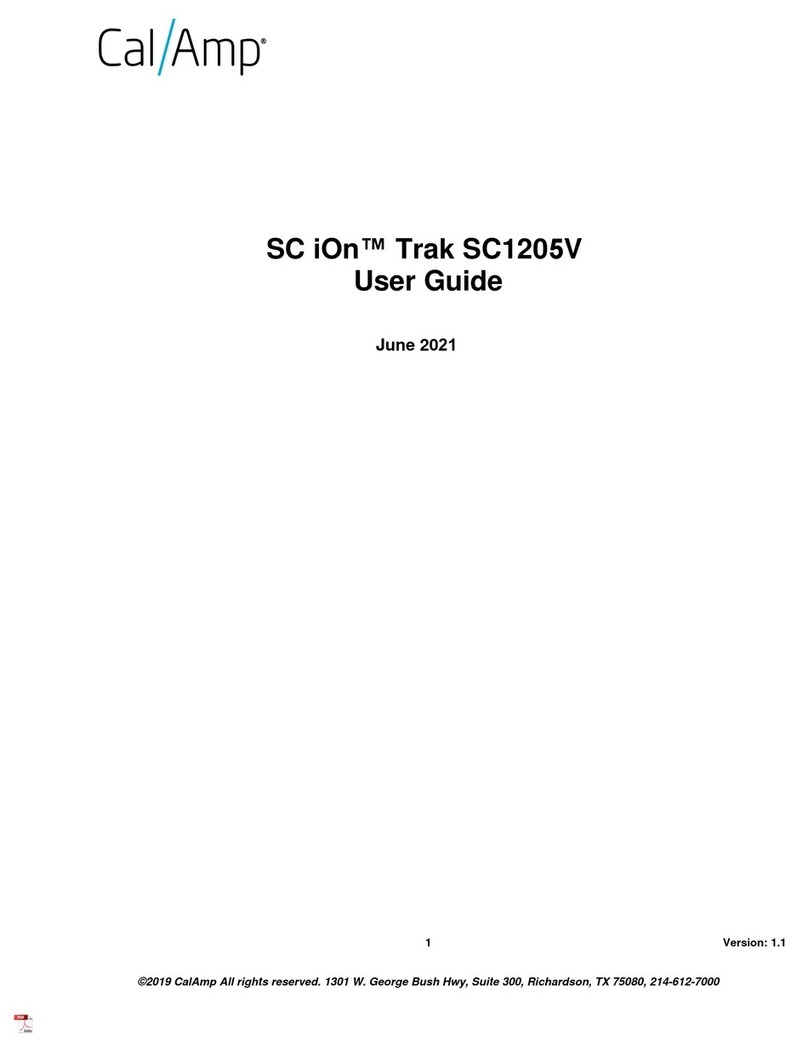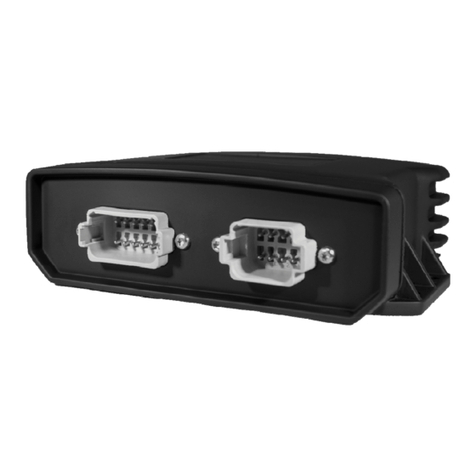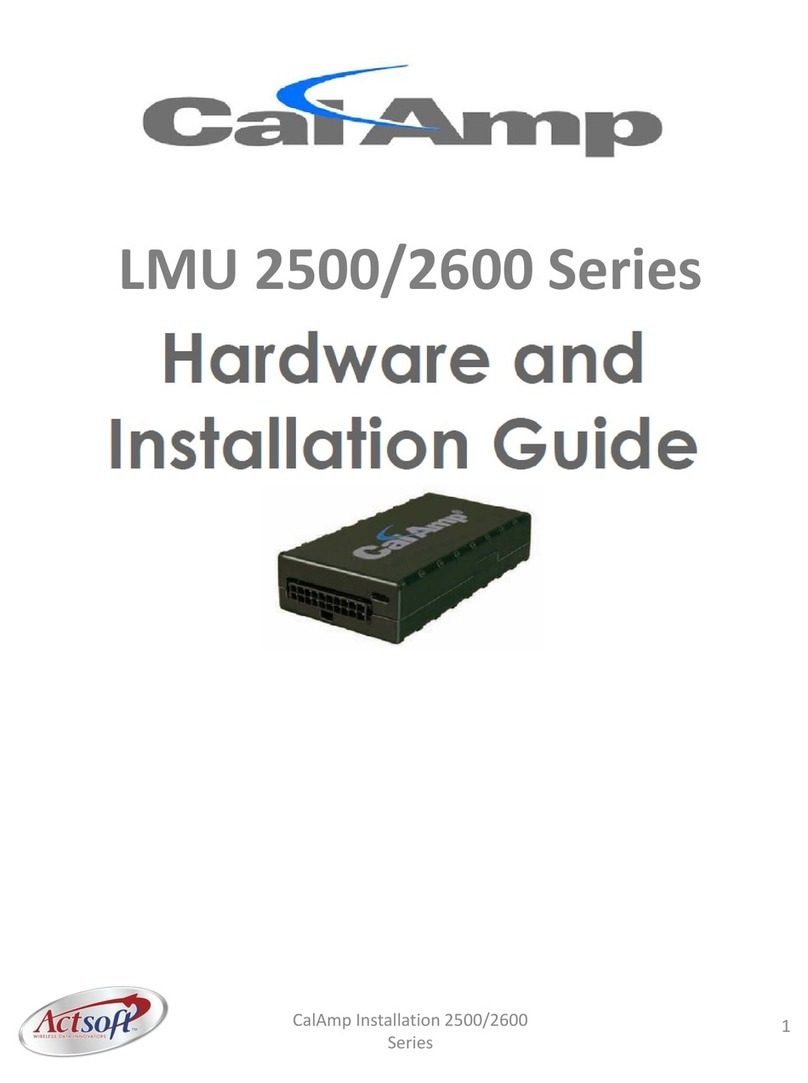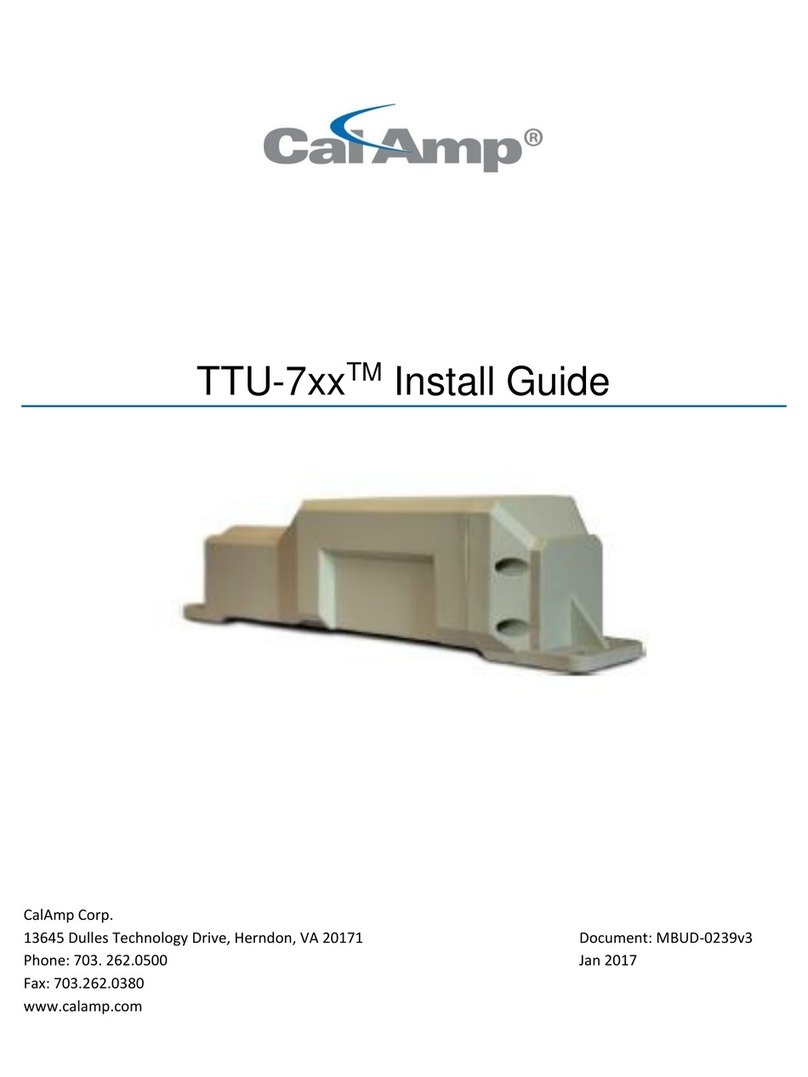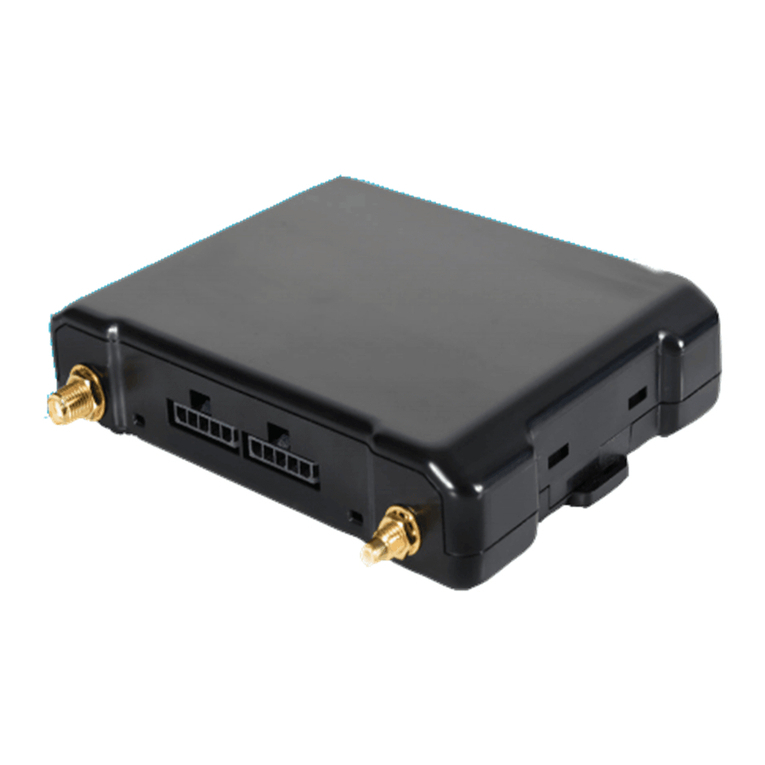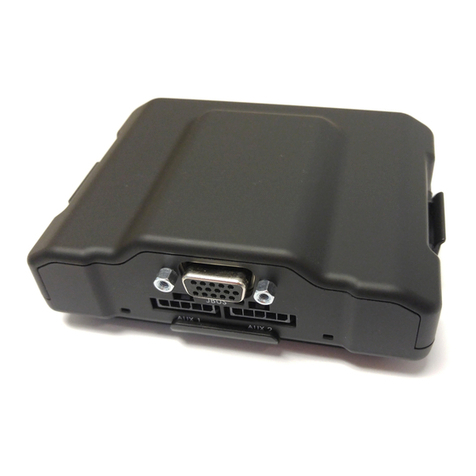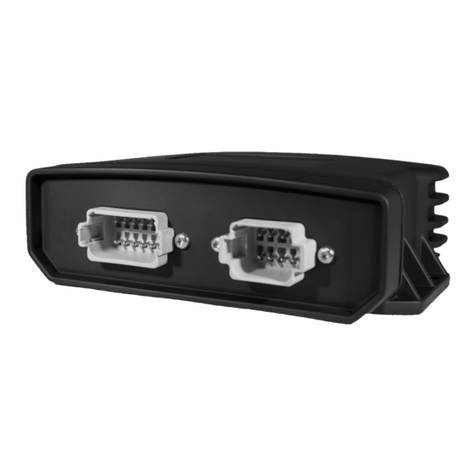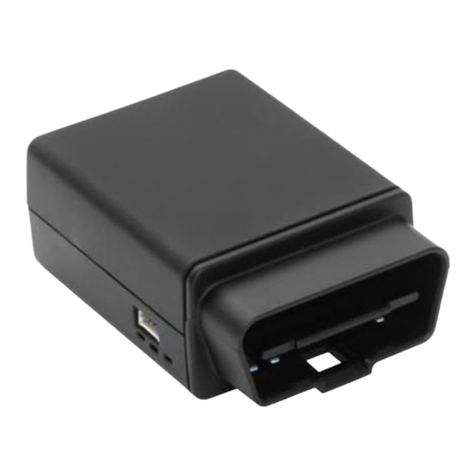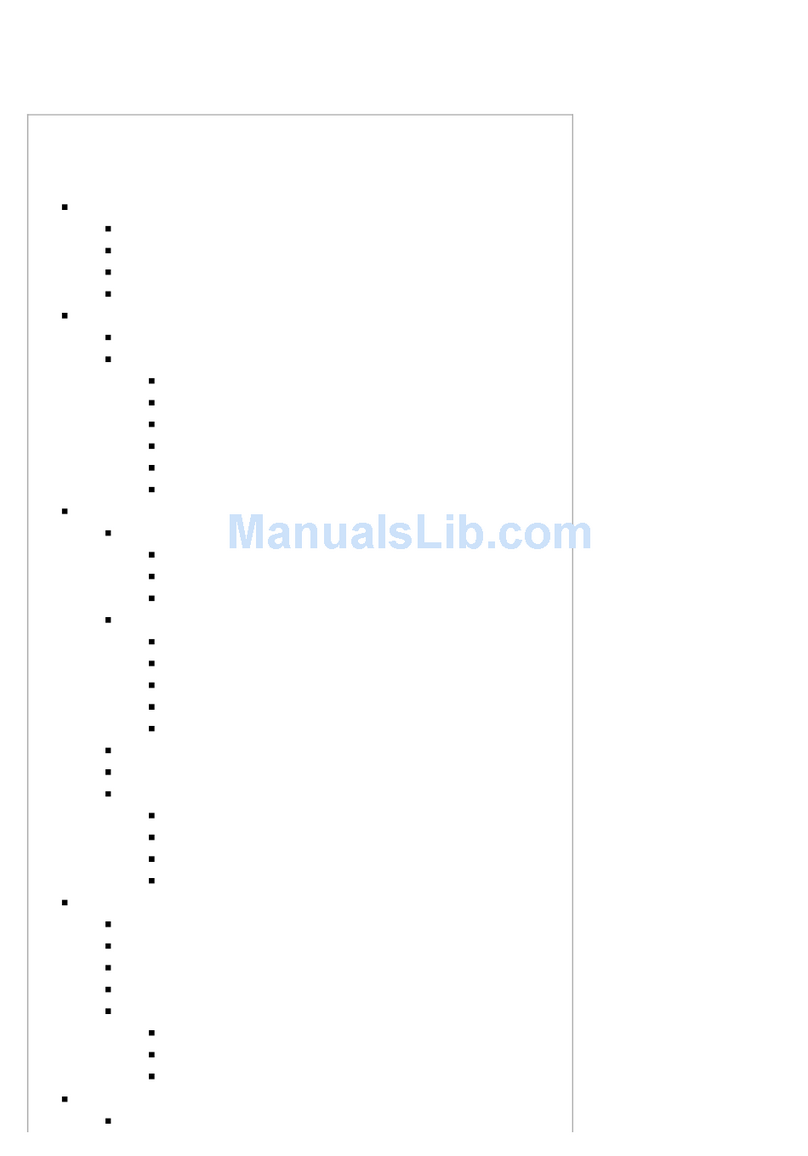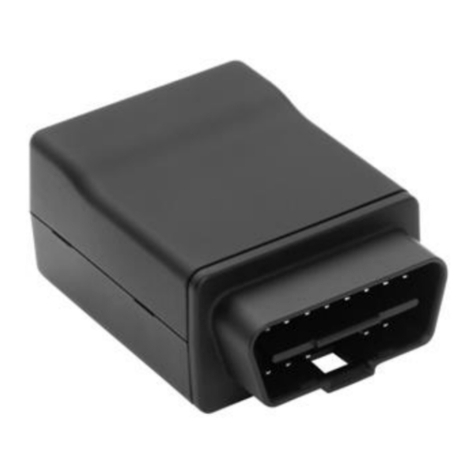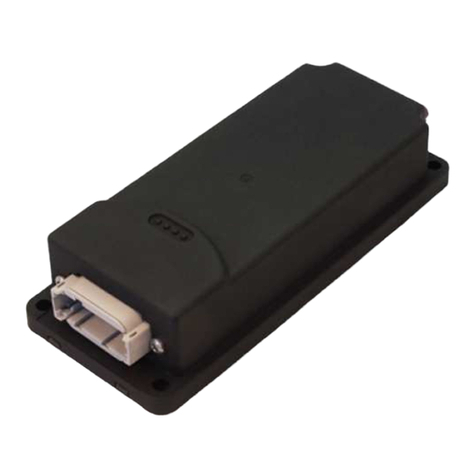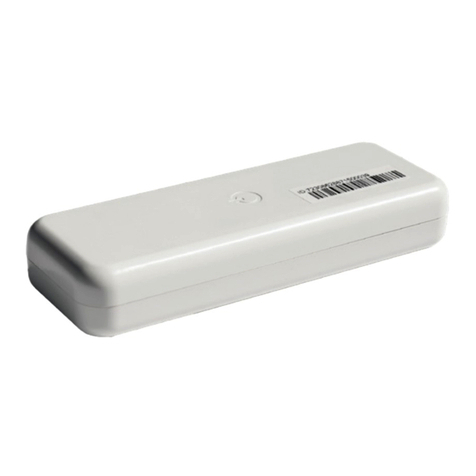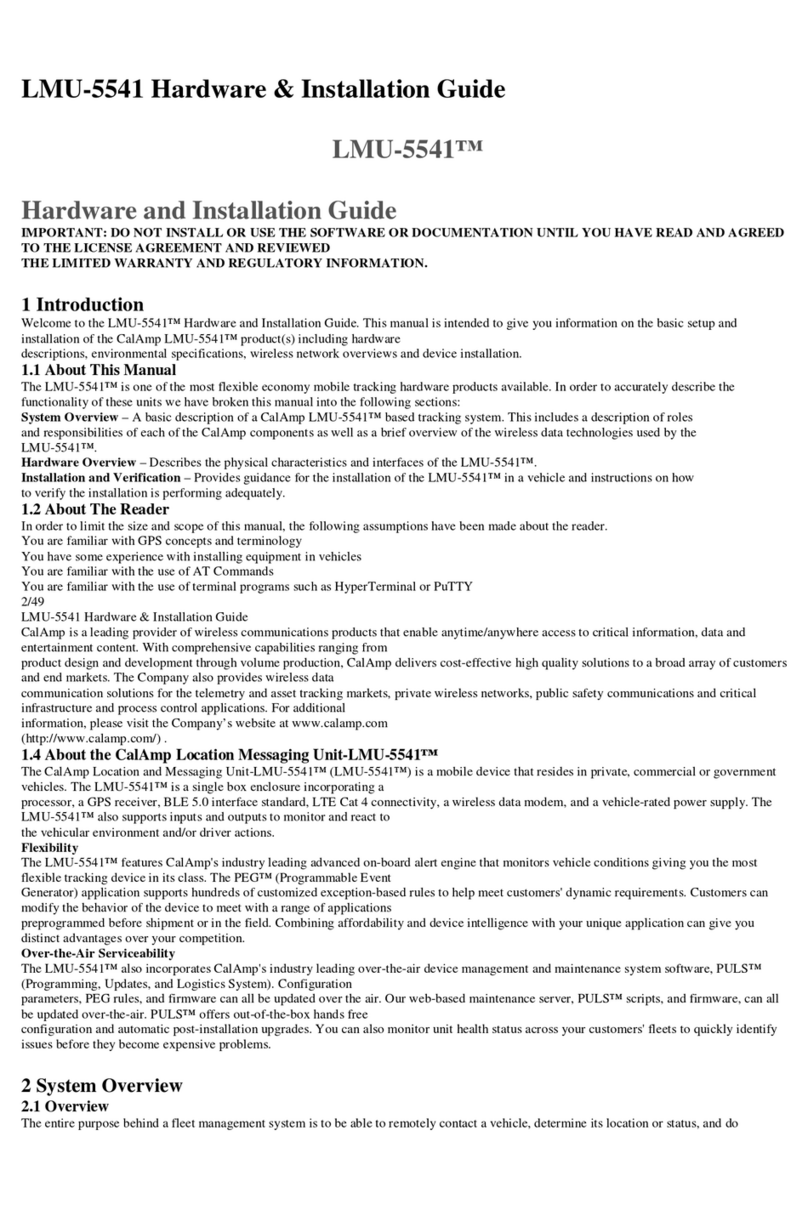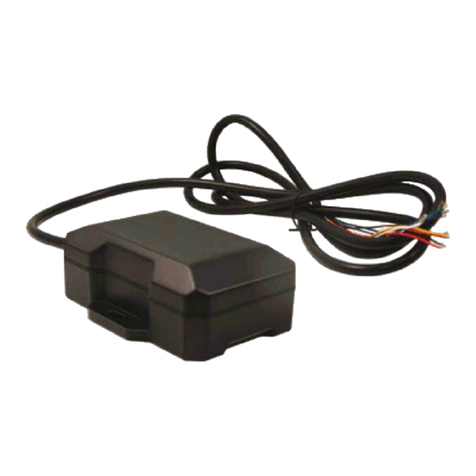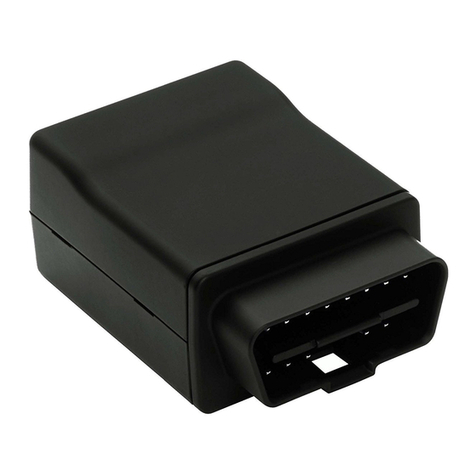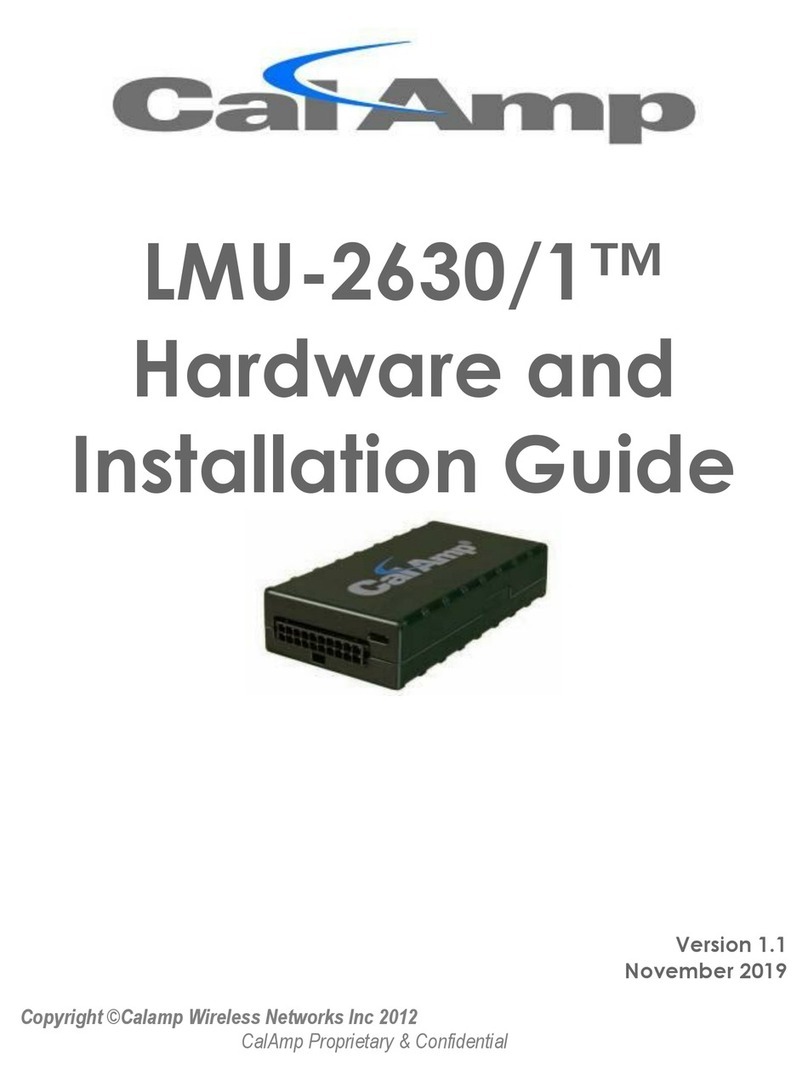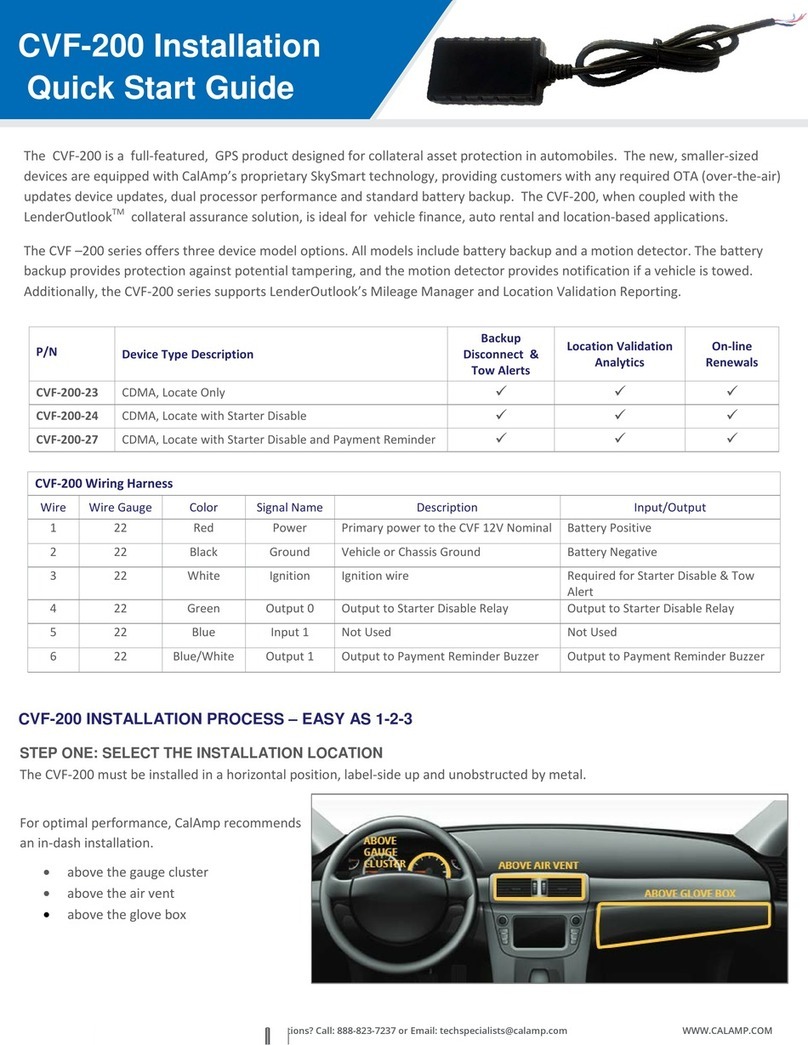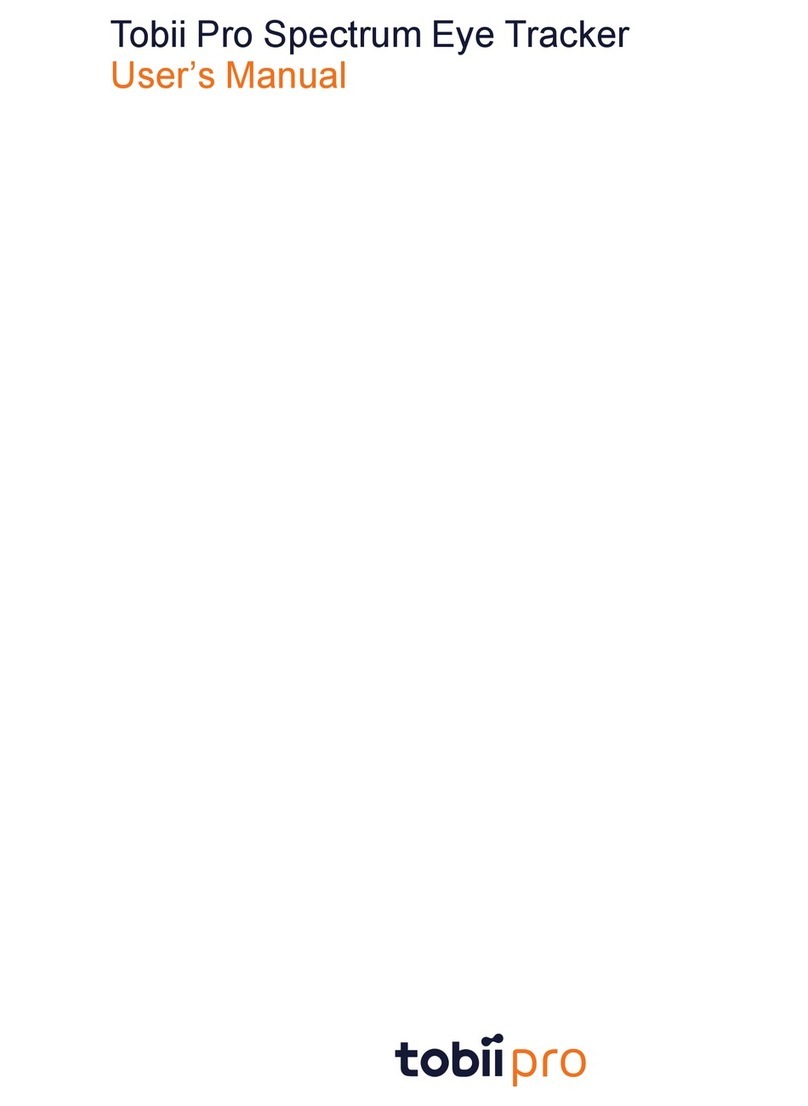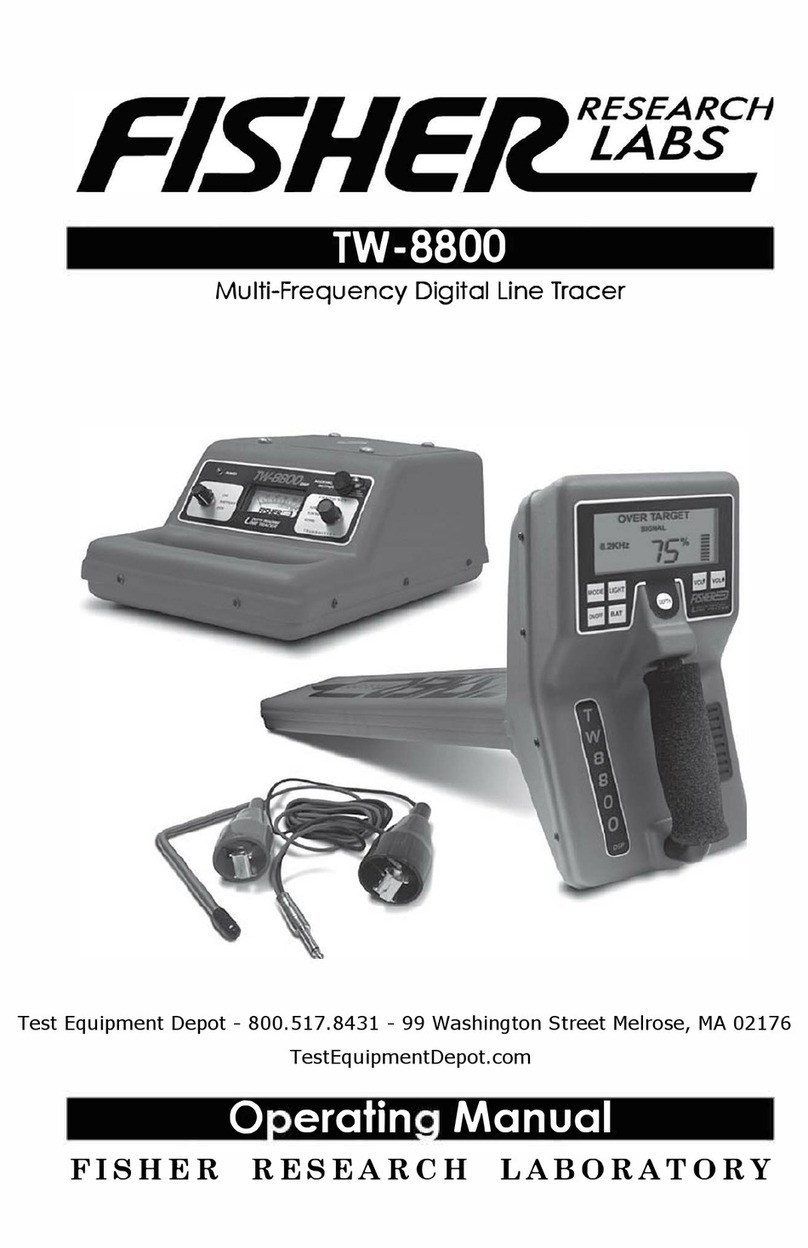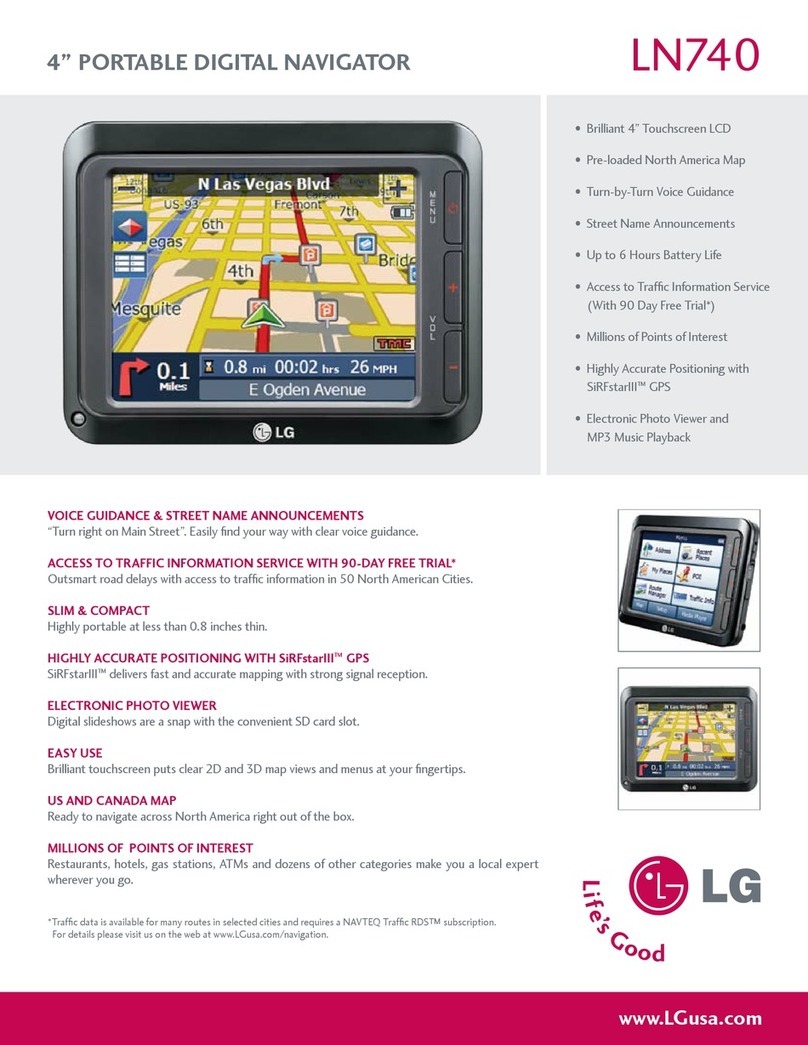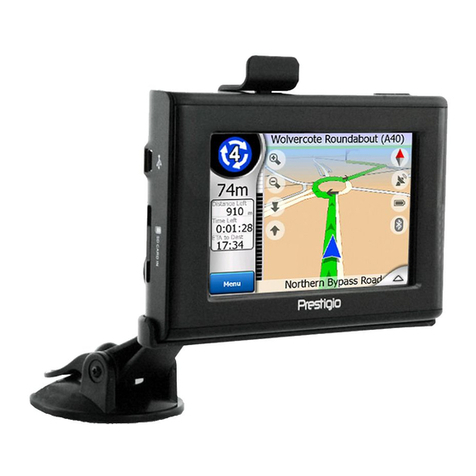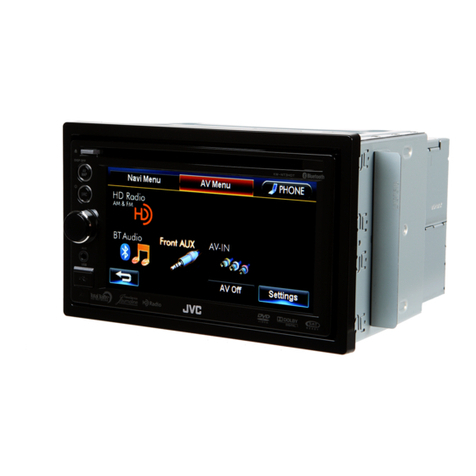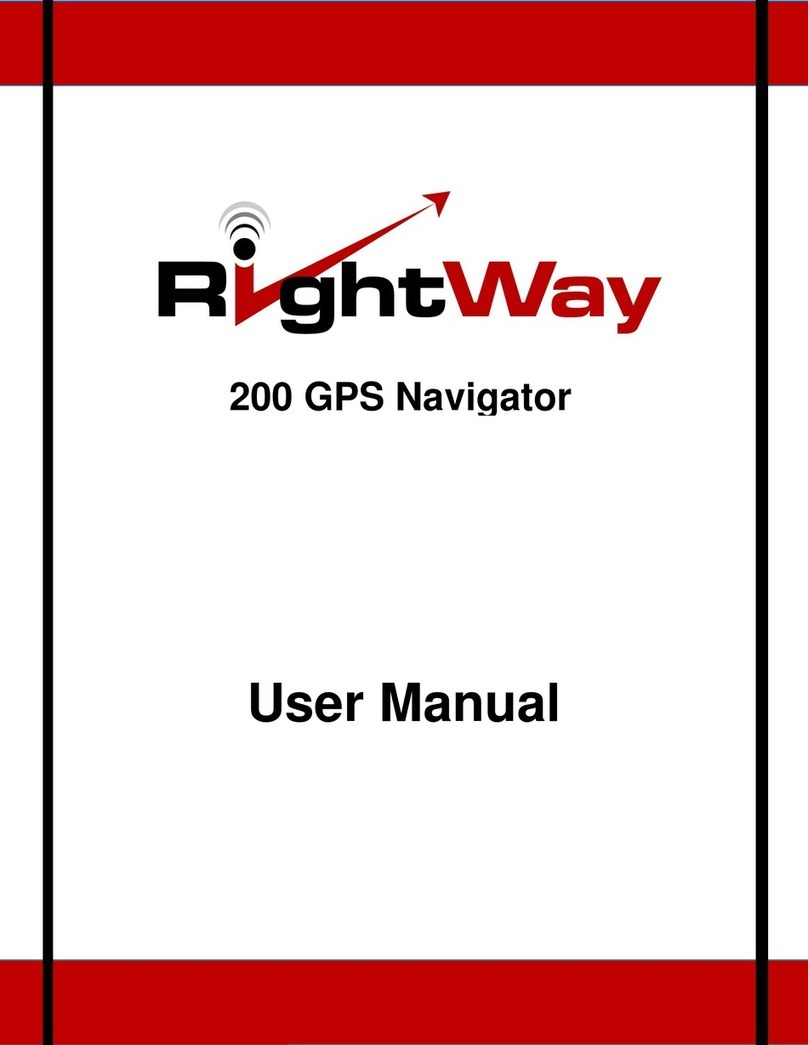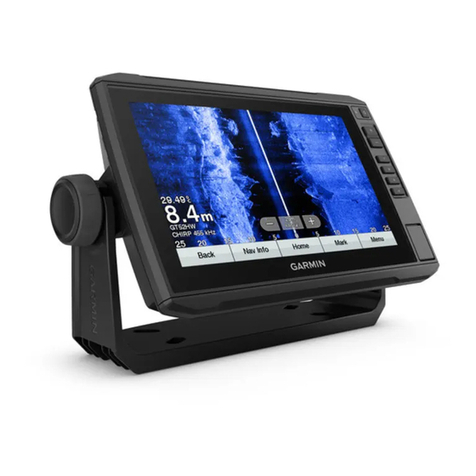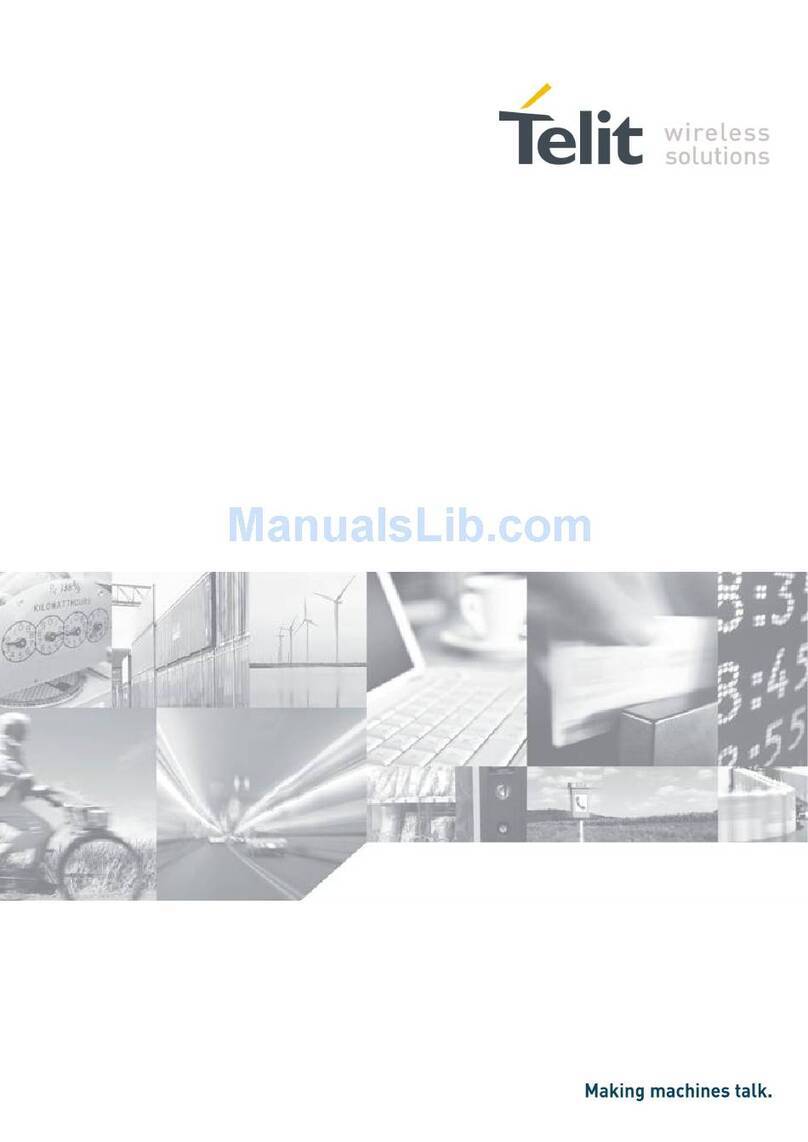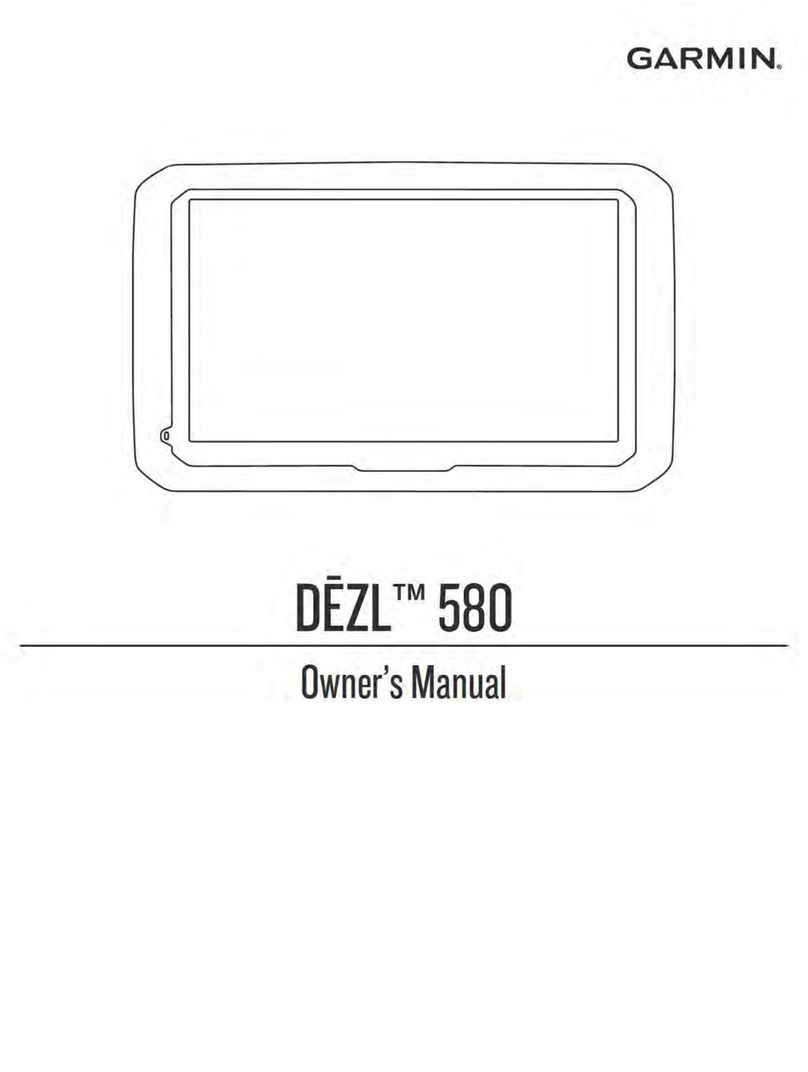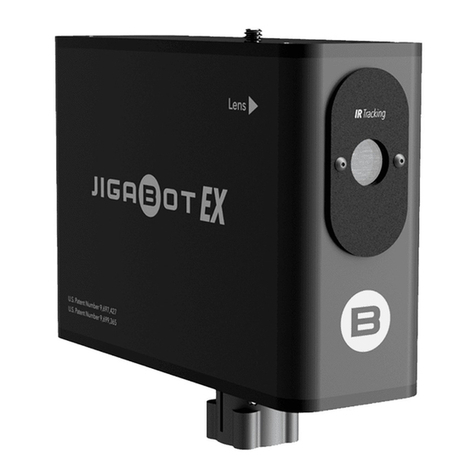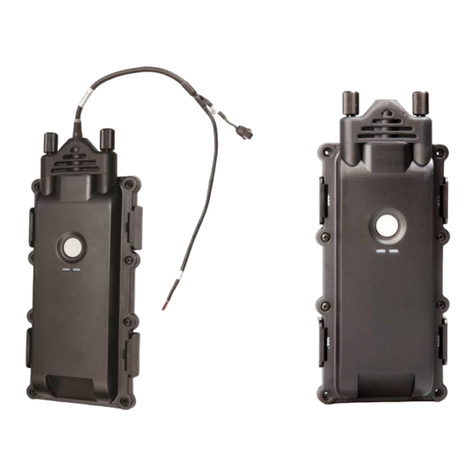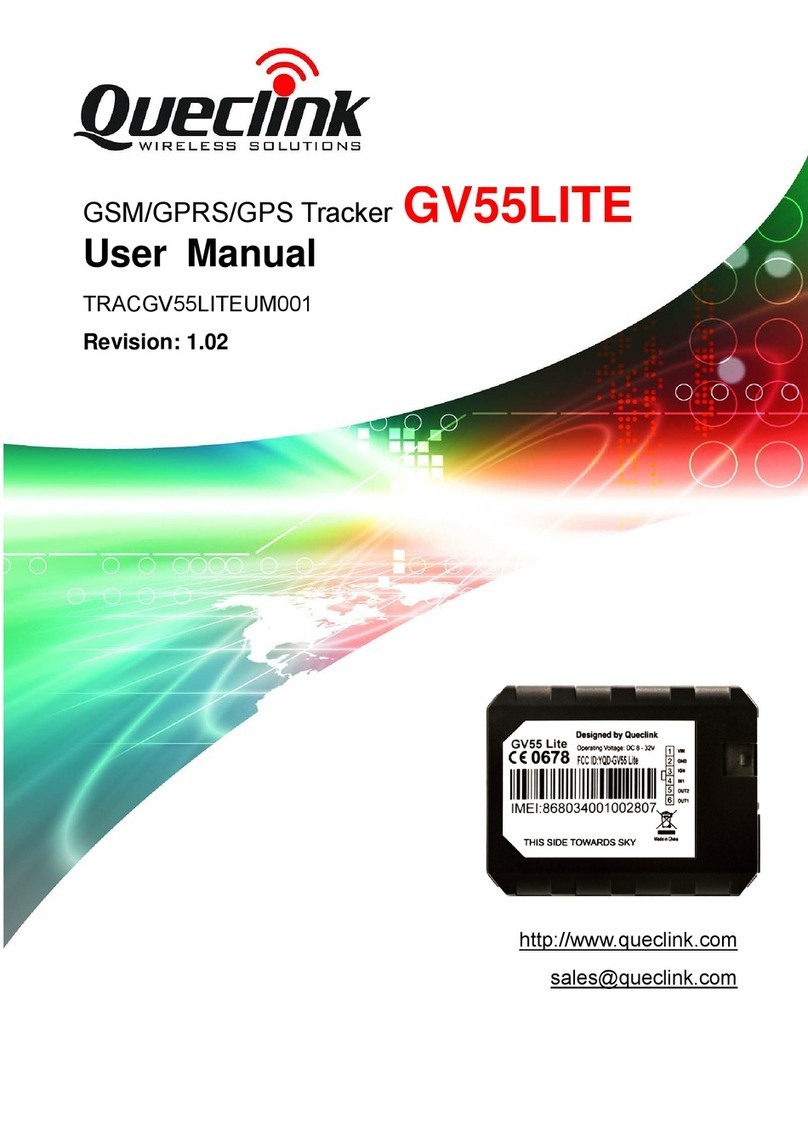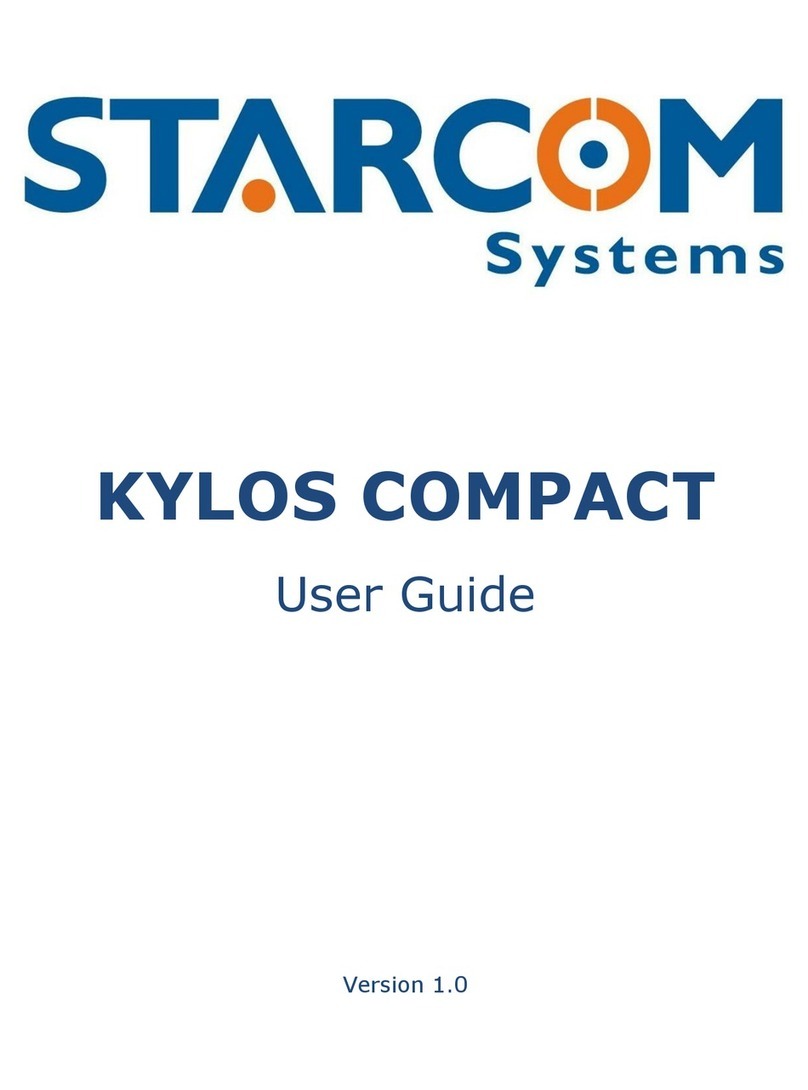
COMPANY CONFIDENTIAL: CalAmp reserves all rights to these documents and any information contained therein. Page
Reproduction use or disclosure to third parties without express permission is strictly prohibited. ©2020 CalAmp 3of 35
LMU-1300 Training Guide Revision & Date
0.8–09/22/2020
6.3 Vehicle Bus PID Polling Rate ............................................................................................................ 21
6.4 PEG2 “Lines”....................................................................................................................................21
6.5 Event Index Field .............................................................................................................................22
6.6 Remote Debug PEG Action ..............................................................................................................22
6.7 Modem/GPS Reset ..........................................................................................................................22
6.8 SIM Form Factor.............................................................................................................................. 23
6.9 Boot Reason ....................................................................................................................................23
6.10 Peg Resources ................................................................................................................................. 23
6.11 GPS ..................................................................................................................................................23
6.12 Motion Logs (1hz vs 5hz GPS Sample Rate)..................................................................................... 24
6.13 Time Sync Precedence..................................................................................................................... 24
6.14 Version String in ID Reports............................................................................................................. 24
ID Reports: ..........................................................................................................................24
6.15 Firmware Revision Convention........................................................................................................ 25
6.16 Status LEDs ......................................................................................................................................25
Status LED Behavior ............................................................................................................25
6.17 Version Reports (App Message 111) ...............................................................................................26
7. Preparing for Installation..................................................................................................................... 26
7.1 Plan the Installation...............................................................................................................................26
7.2 Size and Placement of LMU unit...................................................................................................... 26
Protection from Hear ..........................................................................................................27
Visibility of Diagnostic LEDs ................................................................................................ 27
Cable Length........................................................................................................................27
Moisture and Weather Protection...................................................................................... 27
Preventing Accidental of Unauthorized Modification ........................................................27
7.3 Installing the LMU in a Vehicle ........................................................................................................ 27
Place the LMU in the Vehicle ..............................................................................................28
Connect Power, Ignition, and Ground ................................................................................ 28
Typical Connection Sequence ............................................................................................. 28
8. Installation Verification ....................................................................................................................... 28
8.1 Comm Verification....................................................................................................................... 29
7.2 GPS Verification................................................................................................................................. 30
